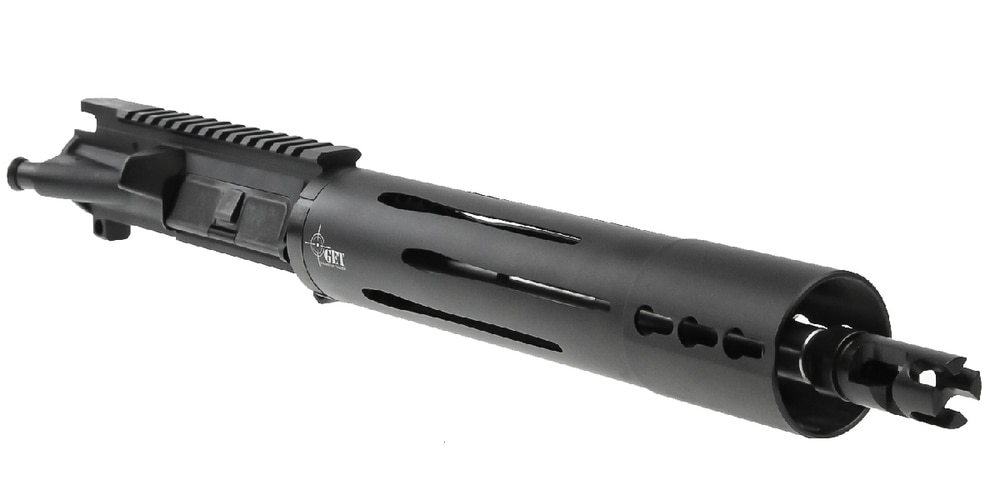In this day in age, it is no surprise that you don’t need to go to a gun store in order to have a gun you enjoy. Many gun enthusiasts venture into building custom guns. However, it isn’t as easy as just selecting a few components (barrel, trigger, Complete Upper Receiver, etc.) and piecing them together, and this fact is especially true in the case of the AR-15. To ensure you understand everything there is to know about your purchase, remember these essential ideas when purchasing any parts for your gun:
What Do I Need to Consider When Purchasing Gun Components?
When purchasing an AR-15 or components for the gun, you need to remember three fundamental factors.
1. Quality Control – The number one issue when purchasing guns and gun components is quality control. You need to think about how well the manufacturer follows through with the design specifications and what type of resources are used to ensure all guns and gun components are void of defects.
2. Standards Compliance – The most common term used in the standards of quality for gun components is “Mil-Spec” (a military measure used by the U.S. Department of Defense). Unfortunately, many companies advertise their items as Mil-Spec products when in fact they are only providing a half-truth. Since the quality of a gun or gun components are key selling points, a general rule of thumb to follow is as follows: if the manufacturer doesn’t inform you that the gun meets these specifications, then it probably doesn’t. However, there are still essential quality indicators you can use to ensure you chose a truly well made product. Guns which have the following are much more likely to be to spec:
• .223 Wylde or 5.56 Nato Chamber
• Chrome lined barrel
• High Pressure Tested (or MPT) bolt and barrel
• M4 feed ramps
• Magnetic Particle Inspection (or MPI) of the bolt and barrel
• Mil-Spec 11595E barrel steel or 4150 steel
• Properly staked gas key
• Shot-peened bolt
3. A Company’s Ability to Correct Quality Issues – Customer service is a crucial element of a great purchase; and you need to have peace of mind knowing if something happens, the company will stand behind their products. The simple fact is it doesn’t matter who manufactured the product; any company can produce a lemon.
The real question is how will they fix the issue.
What Components Are Required to Build an AR-15?
There are many kinds of builds for the AR-15. Because of this, their exact component list can vary depending upon your specific build. However, the most common components required include but are not limited to:
• Buffer
• Complete Upper Receiver (includes both the receiver and the parts kit)
• Complete Lower Receiver (includes both the receiver and the parts kit)
• Buffer Spring
• One or More Magazines
• Handguards (the choice of gas system will determine the length)
• Lower Receiver Extension
• Barrel
• Gas Block or Gas System
• Fixed or Collapsible Buttstock
• Bolt Carrier Group (including the bolt, cam, carrier, ejector, firing pin, and spring)
Can You Purchase All Your Gun Components Online?
The majority of the gun components required to build an AR-15 can be purchased online and shipped to your home. However, there is one exception: the lower receiver. Because it is the only gun component considered to be a “gun” in-and-of-itself, this component is subject to special legislation. Therefore, whenever you decide to purchase a lower receiver, you will have to go through the same channels as if you were buying a firearm within your state.
For help with any additional questions or concerns in purchasing the best complete upper receiver or other gun components for your AR-15, don’t hesitate to call the 22mods4all professional gun experts today at (561) 926-5888.
For more information about 80 Lower Receiver and Stripped Lower Receiver Please visit : 22mods4all.


